1. Puppy-Dog Eyes

Let’s be honest, we’ve all caved to those eyes. Dogs evolved a special muscle around their eyes that lets them raise their brows like a human baby, triggering our nurturing instincts. Wolves don’t have this feature. A study published in PNAS found that this eyebrow movement developed specifically to appeal to humans. It’s not just cuteness; it’s survival through connection. When your dog looks up at you with those soft, wide eyes, it’s evolution at work, drawing you in. That expression isn’t random. It’s nature’s way of saying, “You can trust me, and I trust you too.”
2. Tail Wagging

When your dog’s tail starts swaying, you know something good is coming. Unlike wolves, dogs use tail wagging as a friendly, visible signal to show they’re happy or non-threatening. The way they wag also carries meaning, left or right, fast or slow. According to a study from the University of Trento, the direction and rhythm influence how other dogs and even humans interpret the gesture. It became a useful tool to bond with us. Over time, we’ve come to read that tail like a mood ring. It’s just one more way dogs speak without saying a word.
3. Facial Mimicry

Ever notice your dog reacting when you smile or frown? Dogs have developed the ability to mirror our facial expressions, helping them strengthen emotional ties with us. A study by the University of Pisa found that dogs copy human facial expressions in under a second, a behavior called rapid mimicry. This instant reflection makes us feel seen and understood, even by a non-verbal friend. It’s not just empathy, it’s social glue. Dogs that picked up on our moods had better chances of getting care and staying close. When your dog mirrors you, it’s not just cute. It’s instinctive bonding.
4. Barking to Be Heard

Dogs bark a lot more than their wolf ancestors, and it’s no accident. Barking became a way to get our attention, convey needs, and alert us to changes around them. Animal behaviorist Patricia McConnell notes that dogs evolved barking specifically to communicate with humans. While wolves tend to be quiet, dogs developed a diverse range of barks that we’ve learned to understand. Whether it’s excitement, warning, or a plea for dinner, each bark serves a purpose. It’s their version of conversation, built to fit our world. They didn’t just find their voice. They shaped it for us.
5. Eye Contact That Connects
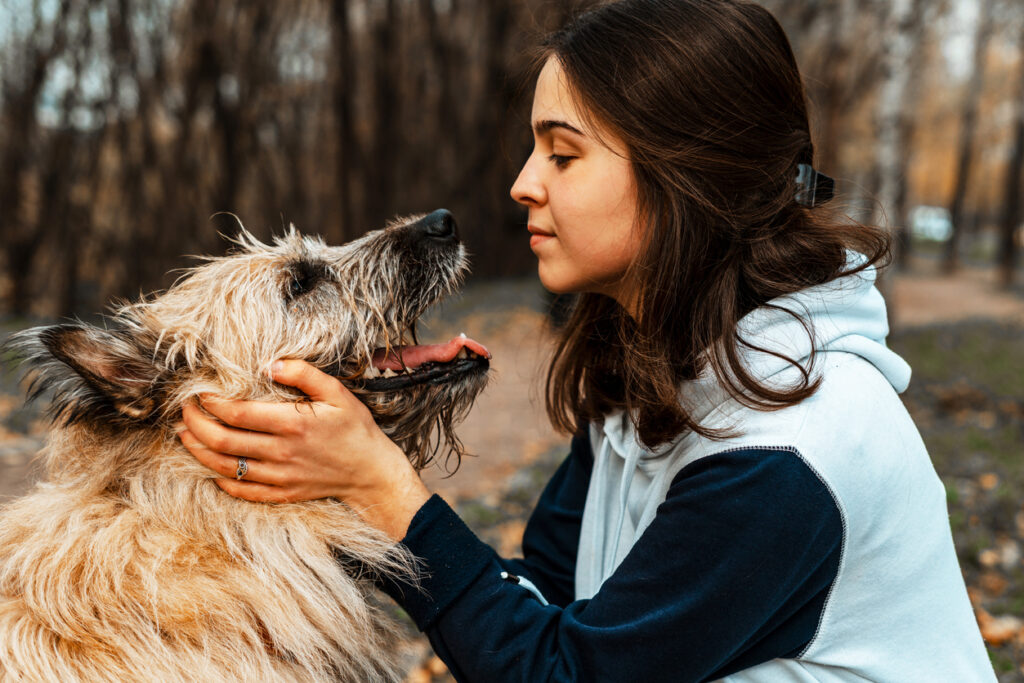
In the animal kingdom, eye contact usually means danger. But dogs flipped the script. Dogs are one of the few species that seek eye contact with humans, and it plays a big role in bonding. A 2015 study in Science found that gazing into a dog’s eyes increases oxytocin levels in both the human and the dog. That’s the same hormone released during parent-child bonding. It feels intimate because it is. Dogs that looked us in the eyes were more likely to be cared for and protected. Today, it’s how they say, “I trust you completely.”
6. Getting Human Gestures

Dogs understand gestures better than most animals. Point at a toy or nod toward a door, and chances are your dog knows exactly what you mean. This didn’t happen by chance. Studies from Duke University’s Canine Cognition Center show dogs are born with a knack for reading human cues. Puppies as young as eight weeks old can follow pointing without any training. This ability gave early dogs an edge in communication and cooperation. It’s one of the reasons dogs became such reliable companions. They weren’t just good at reading the room. They were built for it.
7. Following Your Gaze
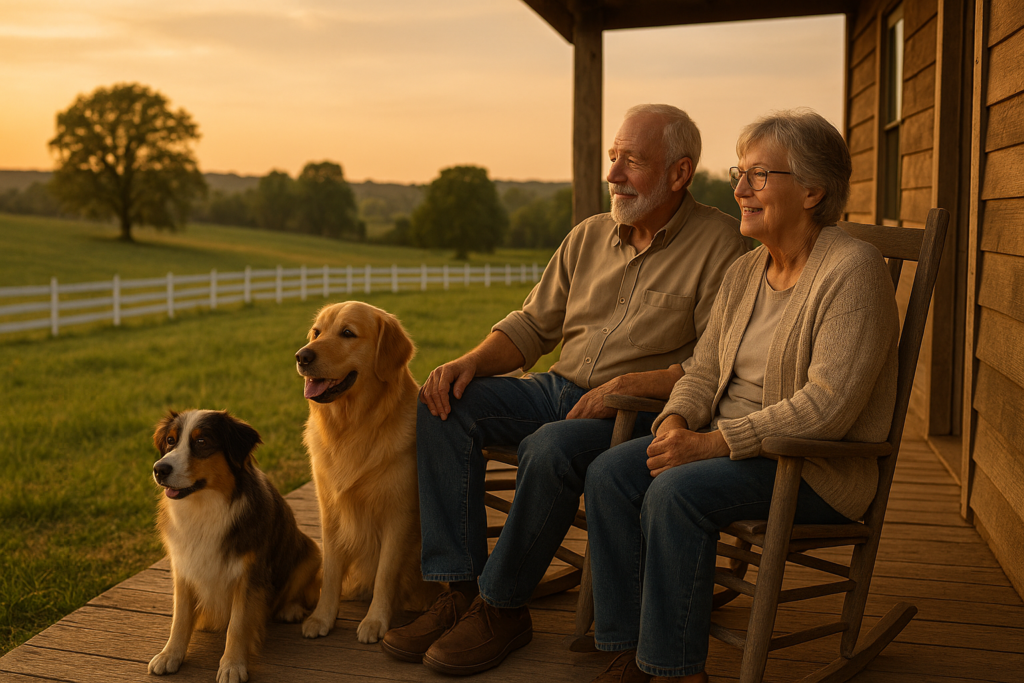
Dogs don’t just look at you. They look at what you’re looking at, too. This ability to follow a human’s gaze helps them figure out what we find important. It’s rare in animals, but dogs evolved it as part of their close relationship with humans. A study from the University of Veterinary Medicine in Vienna found that dogs track our eyes, especially when they’re curious. This shared focus makes training easier and deepens connection. By watching where we look, they stay involved in our world. It’s a quiet way of saying, “I’m with you. I’m paying attention.”
8. Licking as a Love Language

Getting licked by a dog can feel a bit slobbery, but it’s often a sign of affection. In wild canines, licking was a submissive or food-seeking behavior. But in dogs, it evolved into something gentler. Research published in Applied Animal Behaviour Science suggests licking reduces stress in dogs and strengthens bonds with humans. Your dog might be saying, “I love you,” or “I missed you.” It’s an instinct turned into emotional expression. Over time, we’ve come to accept it as part of their personality. Messy or not, it’s one of the ways dogs show they care.
9. Staying Playful for Life
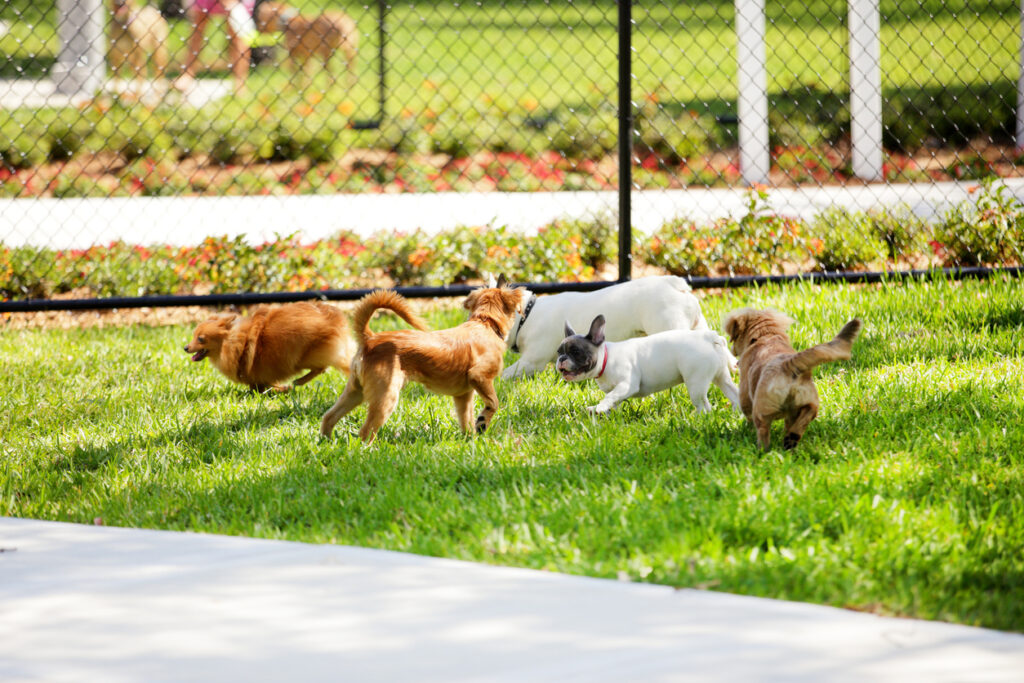
There’s a reason your grown dog still acts like a puppy. Dogs retain juvenile traits throughout their lives, a phenomenon called neoteny. This includes playfulness, curiosity, and dependence on humans. Evolution favored dogs that stayed youthful longer, since humans were more drawn to their friendly, energetic nature. Anthropologist Brian Hare explains that dogs’ puppy-like behavior helped them bond better with humans. Unlike wolves, adult dogs keep playing, chasing, and cuddling like they never grew up. It’s not immaturity, it’s strategy. Staying playful made them more appealing, and that joy they bring us never really gets old.
10. Whimpering Like Babies

Whining, whimpering, and soft cries from a dog can tug at your heart. These sounds aren’t random. Dogs developed them to mimic infant-like distress signals that activate our caregiving instincts. A 2009 study in Current Biology found that sounds like these trigger strong emotional responses in humans. It’s how they say, “I need help,” and we’re wired to respond. These vocalizations helped dogs build trust with humans, ensuring they’d be fed, comforted, or protected. Whether they’re anxious or just seeking attention, the sounds work. Dogs learned how to get through to us in ways we couldn’t ignore.
11. Smiles That Match Ours
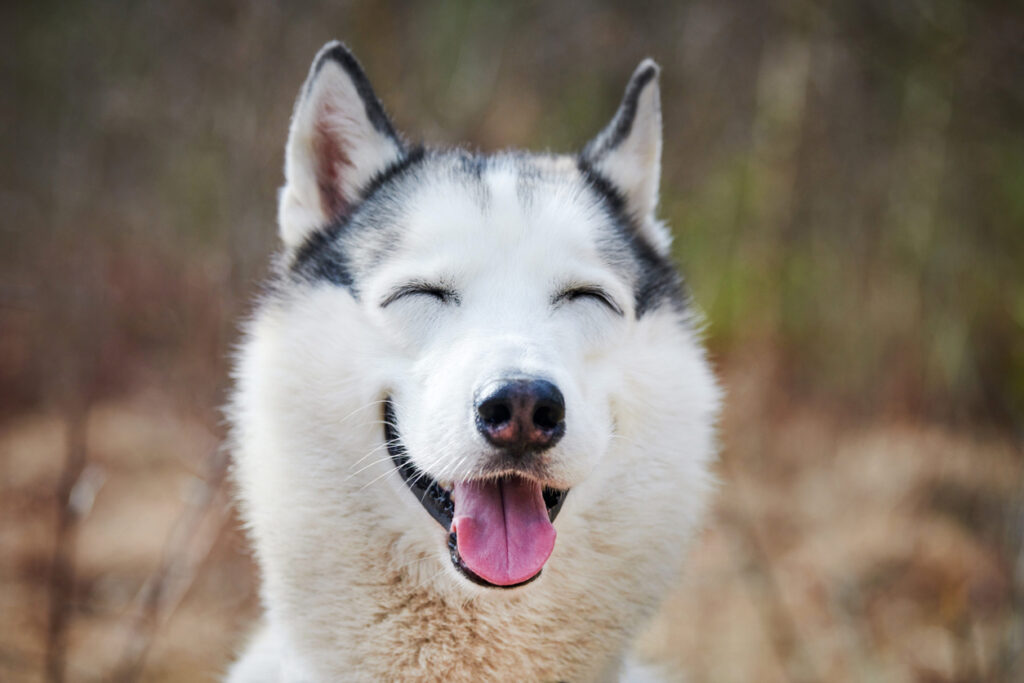
Sometimes your dog gives you a look that seems almost like a smile. That relaxed, open-mouthed expression actually mirrors human happiness. While dogs may not smile for the same reasons we do, their facial expressions evolved to sync with ours. Studies show that people feel more at ease and connected when their dog appears to “smile.” This facial feedback reinforces the bond and often leads to more positive interactions. Dogs that could reflect joy found it easier to live among us. That grin may be instinctive, but it sure feels like it was made just for you.
12. Cuddling for Comfort

Cuddling with a dog is one of life’s quiet joys. But beyond comfort, it served a bigger purpose. Early dogs that stayed close to humans benefited from shared warmth, food scraps, and safety from predators. This physical closeness developed into affection over generations. A 2022 study in Anthrozoös confirmed that cuddling with dogs reduces stress for both parties. It wasn’t just survival; it was emotional bonding in its earliest form. Now, whether on the couch or at bedtime, cuddling is how dogs say, “I’m yours.” They aren’t just laying close. They’re claiming a spot in your heart.
13. Reading the Room

Sometimes your dog just knows when you’ve had a hard day. Dogs are incredibly skilled at picking up on human emotions through body language, facial expressions, and tone of voice. A 2018 study in Learning & Behavior showed that dogs respond more quickly when their owner appears upset. This emotional sensitivity gave early dogs an advantage, allowing them to adapt to human moods and gain trust. They’re not just being sweet. They’re tuned in. Whether they nuzzle you when you’re sad or wag excitedly when you smile, dogs read the room better than most people do.
14. Staying Loyal and Protective

Dogs have always been protectors, from ancient campsites to modern homes. Their loyalty wasn’t just emotional; it had real value. Dogs that defended their humans from threats or barked at intruders were more likely to be kept, fed, and bred. Over time, this loyalty became deeply ingrained. According to the American Psychological Association, a dog’s protective behavior builds lasting trust between species. That fierce bark at the mailman or gentle watch over a sleeping baby isn’t just habit. It’s a trait refined through history. Loyalty helped dogs earn their place in our lives, and they’ve never looked back.
15. Begging With a Purpose
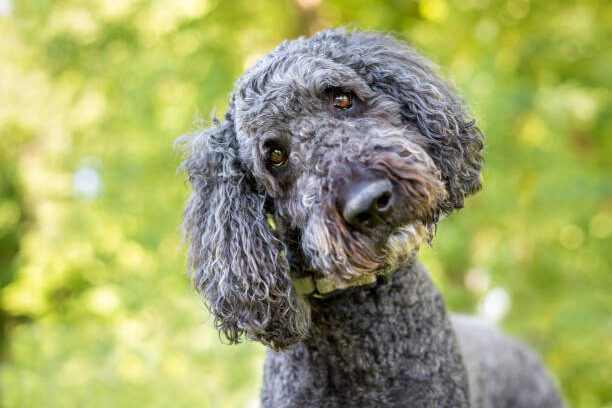
When your dog tilts its head and gives you that pleading look, it’s no accident. Dogs learned long ago that specific expressions and gestures got results. A 2017 study in Scientific Reports found that dogs use more expressive faces when humans are watching, especially to get food or attention. This behavior likely developed through selective reinforcement. The cuter they acted, the more rewards they received. Begging became a way to get what they wanted without causing conflict. So, the next time those eyes lock onto your plate, remember, they’re using a strategy perfected over thousands of years.
16. Syncing With Our Sleep

Dogs don’t just live with us. They adjust to our schedules too. Unlike wolves, dogs evolved to follow human patterns of rest and activity. Research published in Frontiers in Psychology shows that dogs’ circadian rhythms align closely with their owners. Whether it’s napping during the day or waking up when we do, this syncing helped strengthen their role in human households. It reduced conflict and encouraged companionship. They became creatures of habit, our habits. So, when your dog dozes beside you or yawns after your long day, it’s not just coincidence. They’ve matched their rhythm to yours.
17. Knowing Their People by Scent
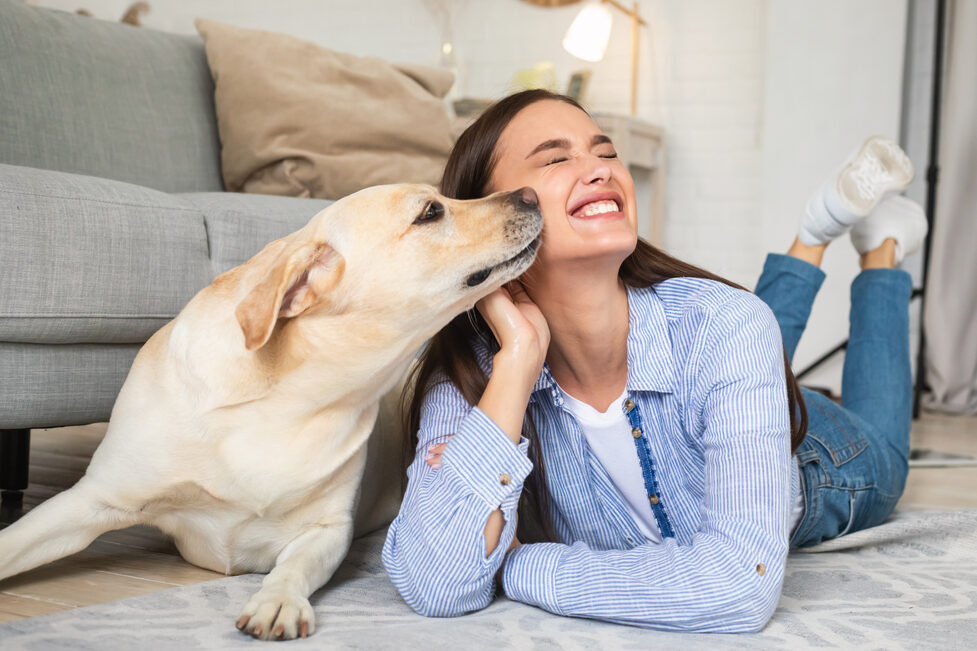
To your dog, scent is everything. One sniff tells them who you are, where you’ve been, and how you’re feeling. Dogs evolved to recognize their humans by smell, and it plays a big role in attachment. A study by Emory University found that dogs show heightened brain activity when exposed to their owner’s scent, even more than other dogs. This deep recognition helps them feel secure and stay loyal. It’s how they find you in a crowd or wait by the door before you even arrive. Smell guides their loyalty and keeps them grounded to the people they love.
This story 17 Surprisingly Smart Ways Dogs Evolved Just to Win Us Over was first published on Daily FETCH


